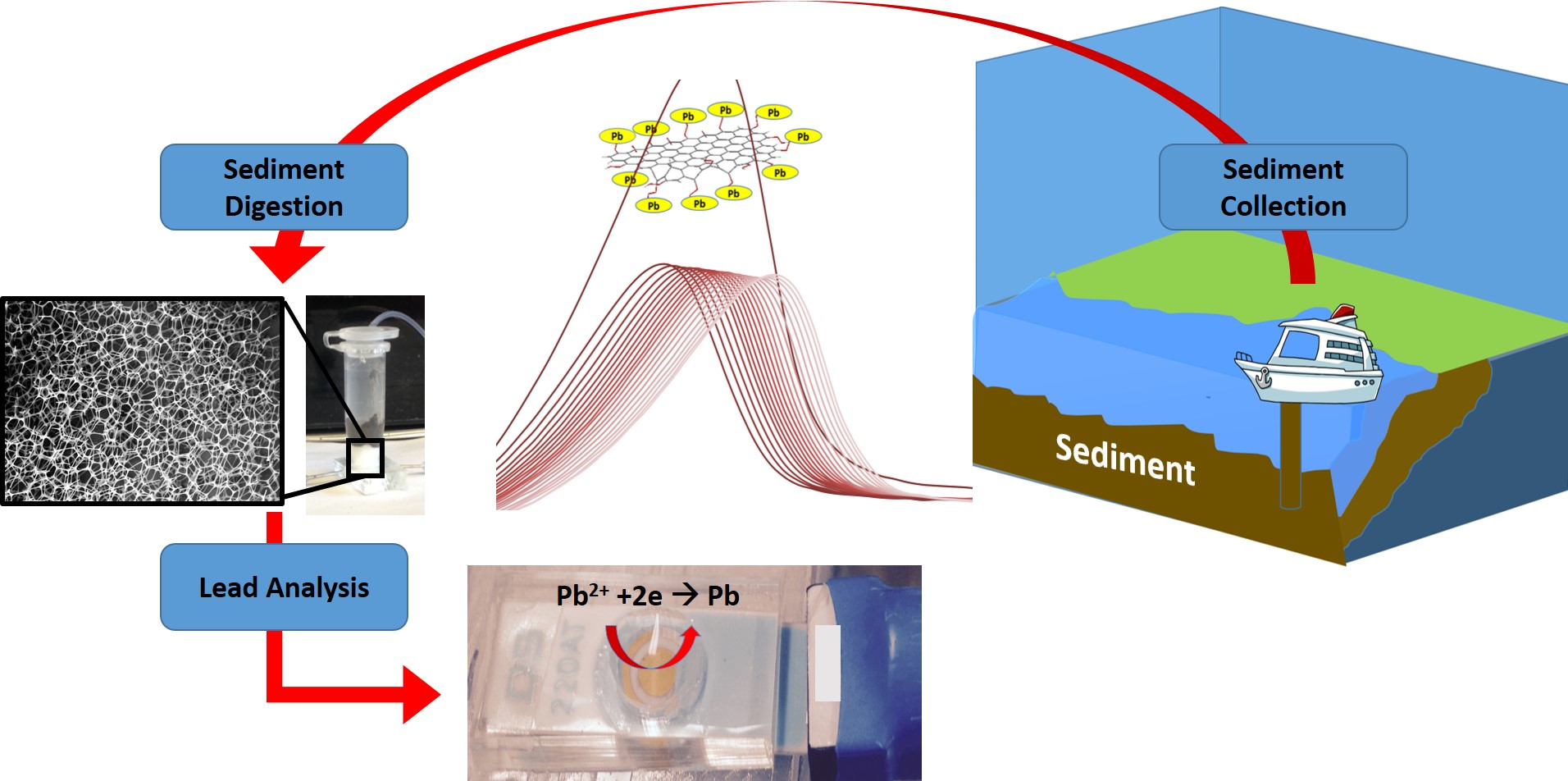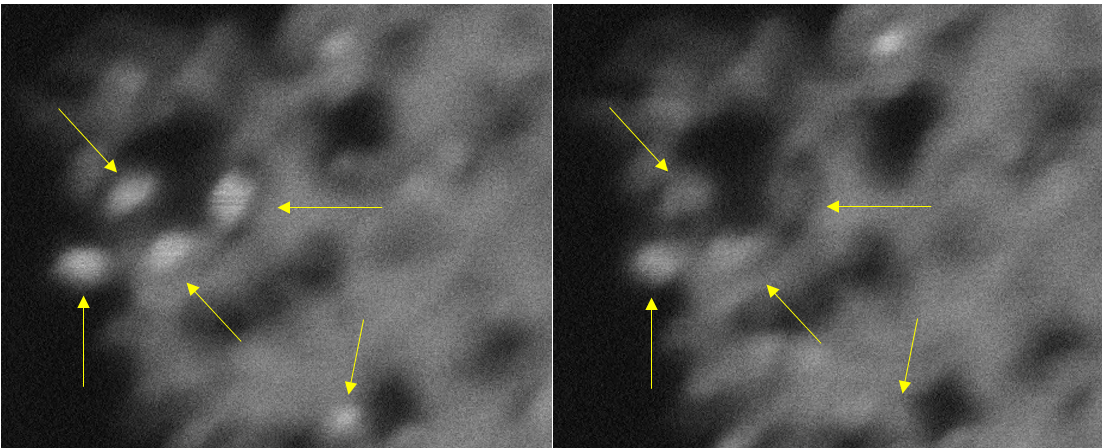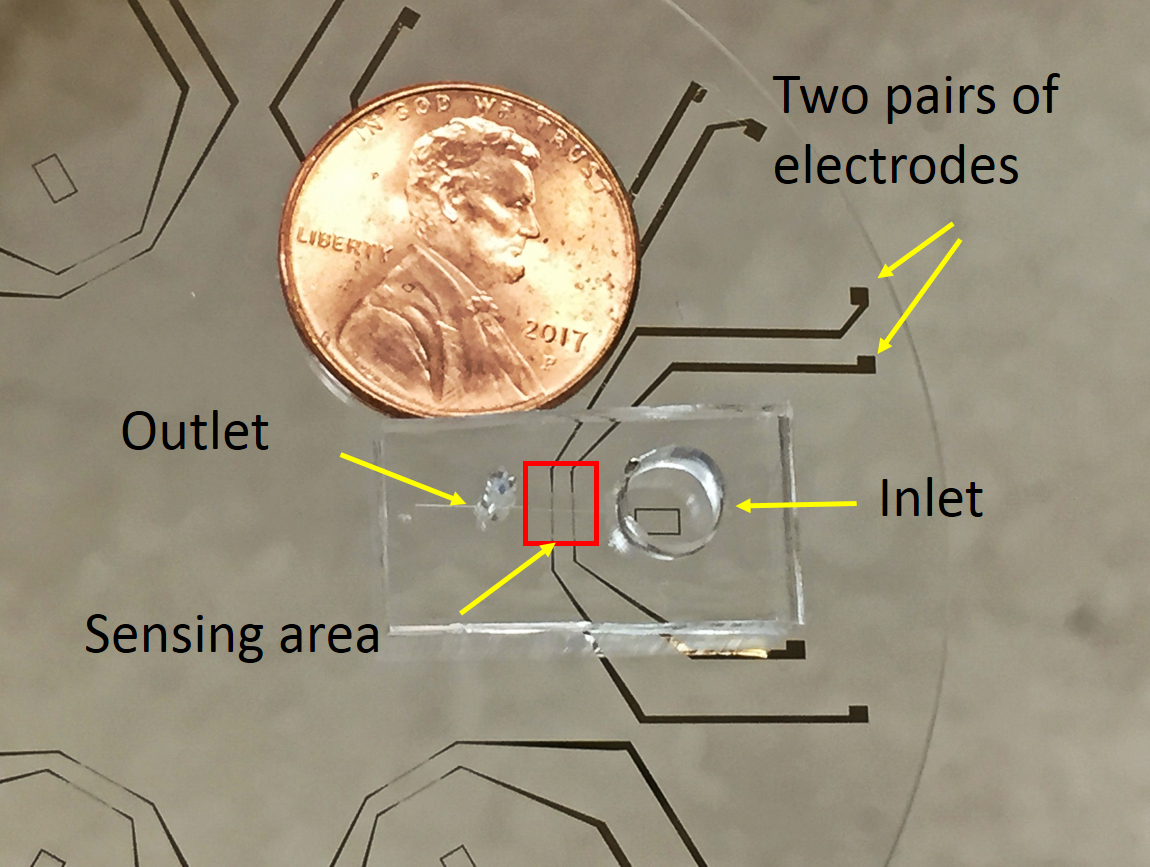The Korea Institute of Science and Technology (KIST) announced that a joint research team has developed a fiber-like electrode material that can store energy. The fibers are strong, lightweight, and highly flexible, enabling greater freedom in wearable device form factors and the ability to be made into various shapes and applications.
Tag: Devices
Orthopaedic surgeon available to speak about physician roles in the monitoring of medical device recalls; factors that contribute to the highest quality of patient care
ROSEMONT, Ill. (October 3, 2022)—When a medical device fails to function as originally intended it can jeopardize patient safety and confidence. One important role of the FDA is to continue monitoring devices after approval to mitigate the detrimental effects of…
Study Finds Surprising Way to Make Walking Easier
A robotic waist tether pulls at a wearer’s center of mass to reduce the energy needed to walk, offering a new potential approach for assistive rehabilitation.

Hand-Held Device Measures Aerosols for Coronavirus Risk Assessment
Understanding aerosol concentrations and persistence in public spaces can help determine infection risks. However, measuring these concentrations is difficult, requiring specialized personnel and equipment. Now, researchers demonstrate that a commercial hand-held particle counter can be used for this purpose and help determine the impacts of risk-reducing measures, like ventilation improvements. They describe the quick and easy, portable process in the journal Physics of Fluids.

New Device Can Measure Toxic Lead Within Minutes
Rutgers researchers have created a miniature device for measuring trace levels of toxic lead in sediments at the bottom of harbors, rivers and other waterways within minutes – far faster than currently available laboratory-based tests, which take days. The affordable lab-on-a-chip device could also allow municipalities, water companies, universities, K-12 schools, daycares and homeowners to easily and swiftly test their water supplies. The research is published in the IEEE Sensors Journal.

Quantum Materials Quest Could Benefit From Graphene That Buckles
Graphene, an extremely thin two-dimensional layer of the graphite used in pencils, buckles when cooled while attached to a flat surface, resulting in beautiful pucker patterns that could benefit the search for novel quantum materials and superconductors, according to Rutgers-led research in the journal Nature. Quantum materials host strongly interacting electrons with special properties, such as entangled trajectories, that could provide building blocks for super-fast quantum computers. They also can become superconductors that could slash energy consumption by making power transmission and electronic devices more efficient.

‘Blinking” Crystals May Convert CO2 into Fuels
Imagine tiny crystals that “blink” like fireflies and can convert carbon dioxide, a key cause of climate change, into fuels. A Rutgers-led team has created ultra-small titanium dioxide crystals that exhibit unusual “blinking” behavior and may help to produce methane and other fuels, according to a study in the journal Angewandte Chemie. The crystals, also known as nanoparticles, stay charged for a long time and could benefit efforts to develop quantum computers.
New air-pressure sensor could improve everyday devices
A team of mechanical engineers at Binghamton University, State University of New York investigating a revolutionary kind of micro-switch has found another application for its ongoing research.

New Portable Tool Analyzes Microbes in the Environment
Imagine a device that could swiftly analyze microbes in oceans and other aquatic environments, revealing the health of these organisms – too tiny to be seen by the naked eye – and their response to threats to their ecosystems. Rutgers researchers have created just such a tool, a portable device that could be used to assess microbes, screen for antibiotic-resistant bacteria and analyze algae that live in coral reefs. Their work is published in the journal Scientific Reports.